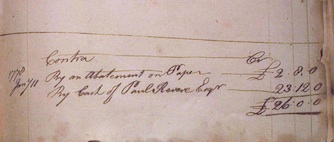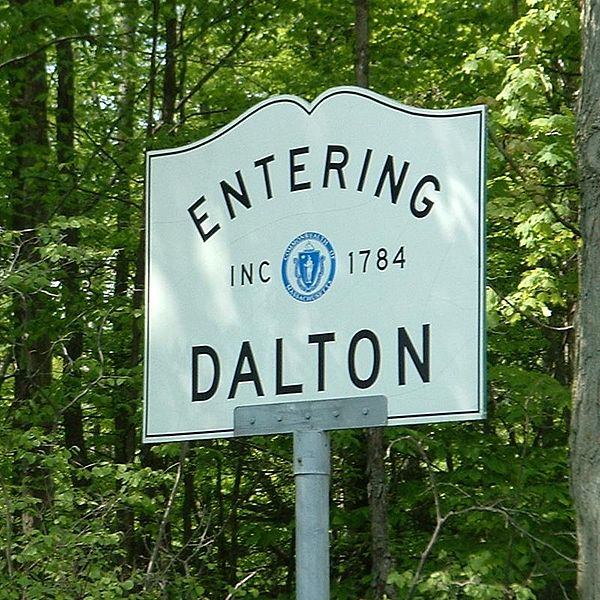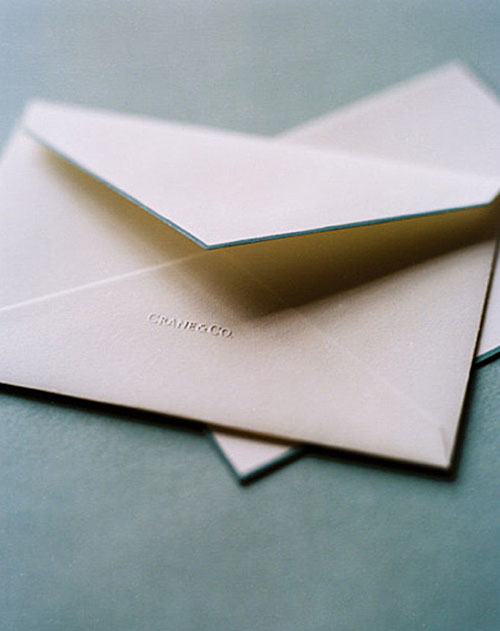Individuality, style, endurance. At Crane & Co., they’re written into our DNA.
Today, people all over the world choose our timeless, characterful stationery to make memorable connections that matter. But the Crane story – and the principles behind it – have been centuries in the making.
Give Us Liberty
Our story started over 200 years ago, when craftsman and entrepreneur Stephen Crane made a statement, not just with his fashion-forward breeches but with his decisive action in opening the Crane paper business in 1770.
The resulting Liberty Paper Mill was just five miles from Boston and it opened for trade only two years after the British occupied the town. With the mill’s very name, Crane stood for spirited individuality from day one.
Revolutionary Potential
If the pen is mightier than the sword, it’s about time we gave the paper its due. From patriotic newspapers to colonial currency, our 100 percent cotton paper has long been the material of choice for the connections and exchanges that inspired the United States of America.
Members of Boston’s activist elite were among Crane’s first customers; a certain Paul Revere used Crane paper for his engraved banknotes – banknotes that went on to help finance the Revolution.
Along with friends, family and customers, Stephen Crane expressed his fiery patriotism, free-thinking and ambition whenever the opportunity presented itself, even at a little event called the Boston Tea Party.
From the early days of the Liberty Paper Mill, Crane has strived to make a statement. In today’s digital world, we’re pride ourselves on helping our customers to make their own individual mark on this world.
Family Values
Thankfully, Stephen Crane passed on his passion and skill and his son Zenas grew the company well beyond its walls. In 1799, Zenas found the perfect location for a new mill along the banks of the Housatonic River in Dalton, Massachusetts.
Since that day we’ve been a part of the Berkshires – and our values have stayed in the same place too. For over 200 years, Crane has been recognized for the quality and craftsmanship of our papers. Banknotes, government proclamations and stocks and bonds have all been printed on Crane paper.
We’re part of the fabric of American life.
But we’ve held on to our independent roots too. The Crane name has long attracted trailblazers and game changers; from the Roosevelts to Jimmy Fallon, we’ve helped some iconic people convey their individuality and care in every message they send.
Globetrotting
 The mid-1800s bought a new era for Crane. Carrier pigeons everywhere wept as the envelope and postage stamp became Europe’s chic new way to correspond. With the arrival of the postal services, the continent developed a passionate love affair with our personalized paper – one that still has hearts racing today.
The mid-1800s bought a new era for Crane. Carrier pigeons everywhere wept as the envelope and postage stamp became Europe’s chic new way to correspond. With the arrival of the postal services, the continent developed a passionate love affair with our personalized paper – one that still has hearts racing today.
From the cafés and boulevards of Paris to London’s smoggy cobblestones, Crane’s craftsmanship and effortless elegance won the brand legions of devotees. After all, grand affairs of the heart, the state and business deserve correspondence that does them justice.
From free-spirited travelers undertaking their own Grand Tour to business ambassadors abroad, a handwritten message on bespoke stationery says more than an email or Facebook post ever could – no matter what language it’s written in.
A Lasting Impression
In the 21st century, Crane’s values continue to stand out. Like you, we hold honesty, passion and freedom of expression close to our hearts – meaningful, personal communication should be worth the paper it’s written on.
Forward-thinking individuals still swoon over our eco-friendly 100 percent cotton paper and still choose our handcrafted, personalized stationery to express their style and creativity.
Just like Stephen Crane back in 1770, today Crane customers the world over are standing up for individuality.







Do you still have tours of your facility in Dalton? I will be visiting the Berkshires next week and hope to tour your location as I did two years ago. Last year I brought friends with me on my vacation and we could not get in for a tour. Last year our visit was in May. So I am hopeful the tours are only during the “season”.
Do you still have the Crane Museim ?
And i dearly wish you had an “outlet store
Best wishes
Jane
Hi Jane,
We do! You can learn more information about the museum including hours here.
In 2016 we travelled from New Zealand and enjoyed our time at the Crane Museum. And being printers, even more exciting was our tour of the Crane printing plant where all the amazing stationery is made. Thank you so much for allowing us to visit. It was a real highlight of our trip.
when did envelope liners begin?
Great question Stephanye! I’ll talk to our Crane Concierge and get back to you with an answer!
I have an old type writer by crane & co 🙂
My mom was going to trash it, but I told her I wanted to keep it since its not in that bad of shape and use it as decor in my home. I love all things steampunk in design! So I looked you guys up to see if you were still a business. I’m glad you are! Would love to see your museum someday!
I WONDER IF ANYONE THERE REMEMBERS
ALEX MILLIGAN WHO TAUGHT AT DHS IN 1949-1952?
AGE 94
FOND MEMORIES OF DALTON AND CRANE’S
Do you have any historical information for the period when Franklin W. Anderson was a senior person at Crane Paper? Time frame, title, etc. He would be my great grand father. Thank you.
Dear Philip, our archivist was able to find some interesting information about your great grandfather. F.W. Anderson Papers was established in 1860, with a store at 34 Beekman Street in New York. Below are links to some of the advertisements for Crane and for F.W.Anderson. For quite some time, they were arguably the most prolific dealer of Crane paper, with customers all over. We have several orders from the company on record in the archives, one that shows the Anderson firm ordering paper for Thomas Edison. He also supplied William Stanley, whose company eventually evolved into General Electric.
https://books.google.com/books?id=eqRAAQAAMAAJ&pg=RA5-PA114&dq=%22f.w.+anderson%22+crane+paper&hl=en&sa=X&ved=0ahUKEwiG_v2WgavZAhUNSa0KHfPDCnYQ6AEIQjAF#v=onepage&q=%22f.w.%20anderson%22%20crane%20paper&f=false
https://books.google.com/books?id=bujNAAAAMAAJ&pg=PR22&dq=%22f.w.+anderson%22+crane+paper&hl=en&sa=X&ved=0ahUKEwjowLDSgavZAhUNKqwKHYn8Dd44ChDoAQg9MAQ#v=onepage&q=%22f.w.%20anderson%22%20crane%20paper&f=false
https://books.google.com/books?id=E0HOAAAAMAAJ&pg=PT18&dq=%22f.w.+anderson%22+crane+paper&hl=en&sa=X&ved=0ahUKEwiRw-2GgqvZAhVDgK0KHZ3aCqM4FBDoAQgoMAA#v=onepage&q=%22f.w.%20anderson%22%20crane%20paper&f=false
I found among my collection of vintage craft supplies some paper sheets with various drawings made by pin point. I noticed the name printed faintly on these “Crane & Co. Dalton Mass 1889” these sheets must have been used for some sort of embroidery or quilting—do you any information about this? thank you
Hello Grace, these designs were perforated on Crane’s Bond for many years. We have several designs in the archives at the Crane Museum in Dalton. The technique is called “prick and pounce.” It is a very old method of transferring designs whereby a fine powder is pushed (this is the “pounce”) through a pierced design (this is the “prick”) which leaves a dotted line on the underlying fabric. We hope this helps!